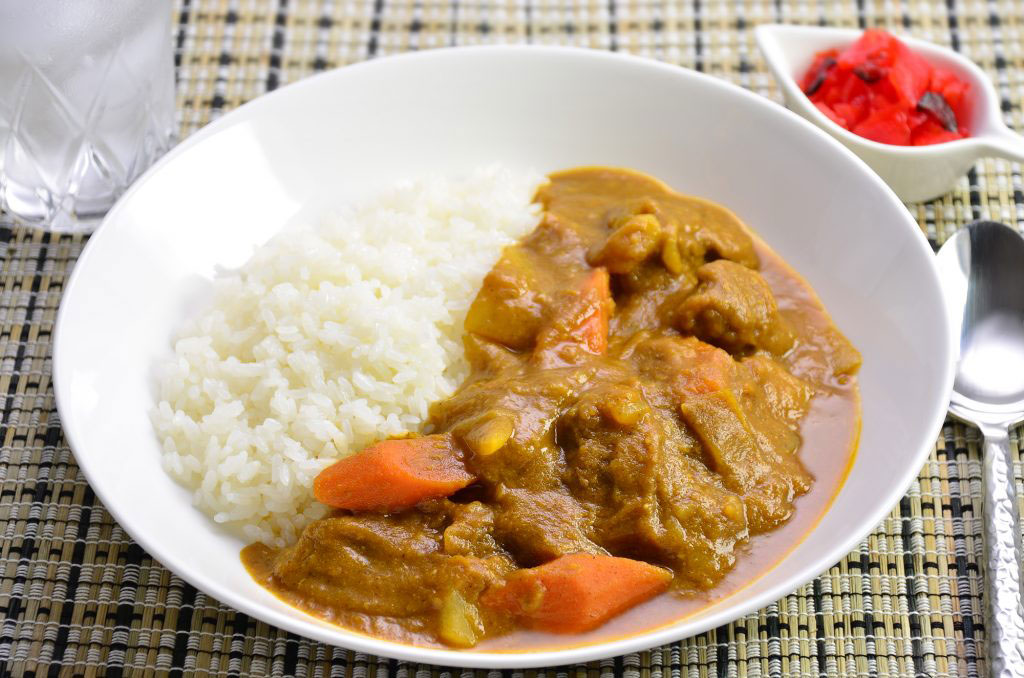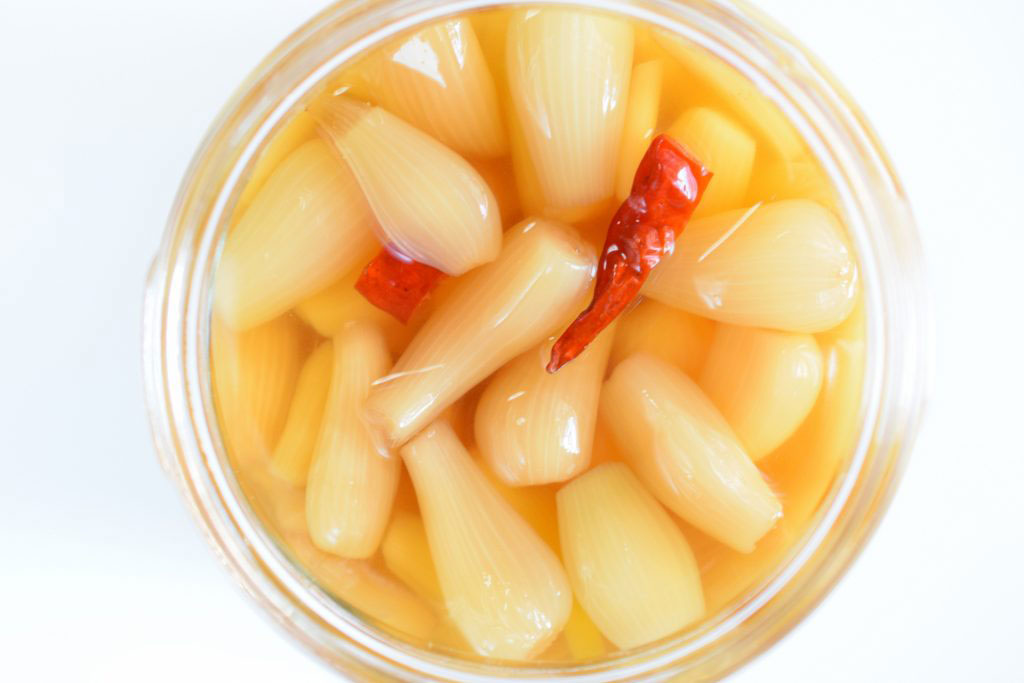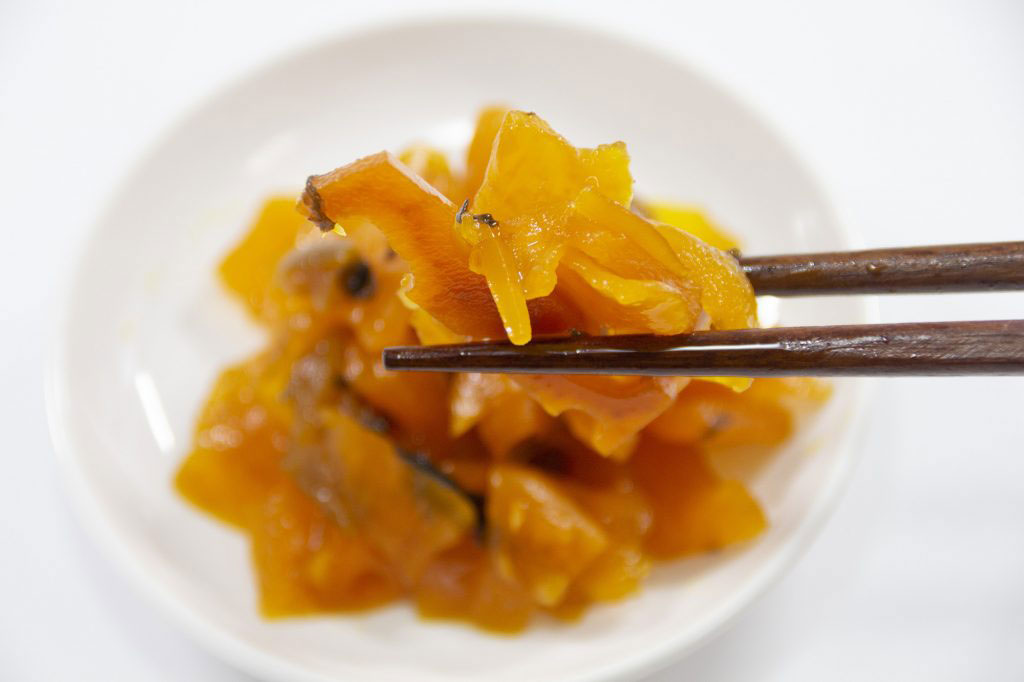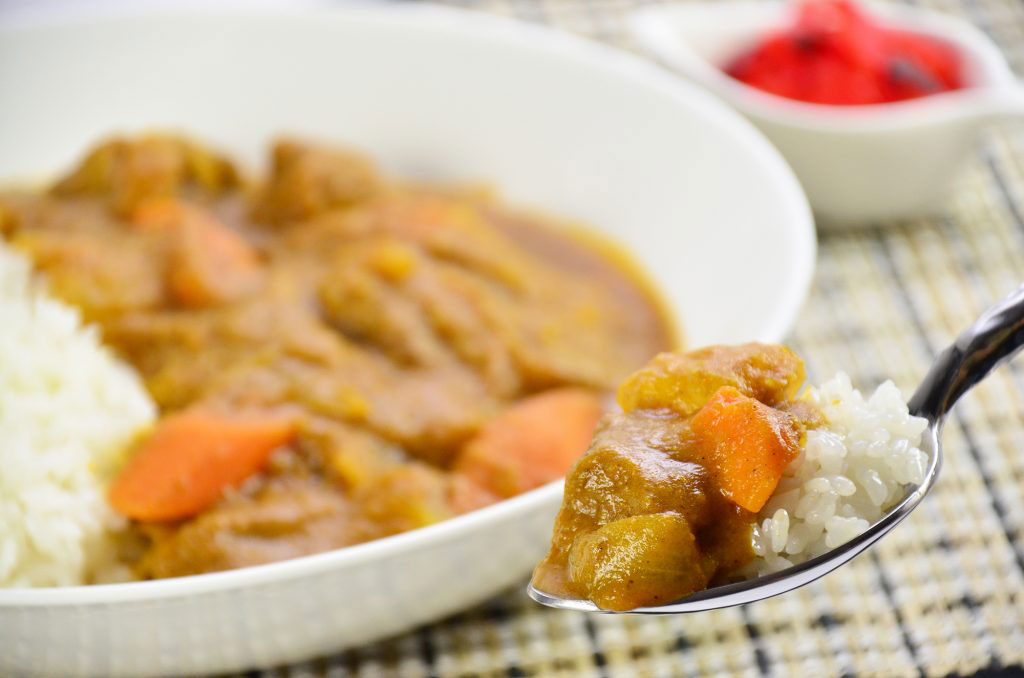“It seems that everyone in Japan loves curry.” These words from Tadashi Ono and Harris Salat are certainly true.
Here at Zojirushi, we’d argue that everyone who loves Japanese food loves Japanese curry! Our foreign food this month is the much loved Japanese curry, in its glorious, savory wet form.

Curry is not native to Japan. It was imported to the country a mere two centuries ago. And not, as you’d assume, by South Asians from India, where curry, or “kari”, originated. Indian curry is a blend of fresh spices and aromatics that are blended into gravies using tomatoes, cow’s milk, coconut milk, and other liquids. Indian curries are generally spicy and hot, full of chilis and cumin, coriander, turmeric, ginger and other spices. Families in India carefully guard their own curry blends and pass them down generation to generation. During the centuries of the spice trade by the Dutch, Portuguese and British, curry transformed into a dry powder that was able to be transported by ship to Southeast Asia and China, the Caribbean and South Pacific, Africa, Europe and Japan.

Because dry curry powder was imported into Japan by the British, it was originally considered a European food! And as it was transported ship-to-ship, sailors were the first ones to fully adapt Britishized Indian curry powder to Japanese tastes.
Japanese curry is made of many fewer ingredients – and in a much less complex way – than Indian curry. The base is made with a roux, or mix of curry powder, chili pepper, garam masala, butter and flour. Often, curry roux can be found in specialty Asian grocery stores. This roux is mixed with water until it reaches the consistency of a gravy, and to the gravy are added vegetables, beef, chicken, apples and less commonly, seafood. The entire mixture is eaten with cooked Japanese white rice and condiments such as fukujinzuke, or pickled radishes, pickled rakkyo, or Japanese scallions, or raisins. The spiciness of Japanese curry is quite mild compared with Indian and Southeast Asian curries, but hot chili oil can be added to increase the heat. The result is the popular karēraisu.

While Japanese curry is easily found in restaurants, it is home-style cooking prepared for lunch at schools and at home for families. It is considered easy food for dinner, and one of the first dishes Japanese children learn to make.
One of our favorite recipes is Japanese Beef Curry. Our own secret recipe includes a touch of Worcestershire sauce for some savoriness and honey for sweetness. Paired with white rice made in one of our rice cookers, and it’s a perfect meal!

Have you tried Japanese curry? Let us know about your experience in the comments below!
Leave a Reply